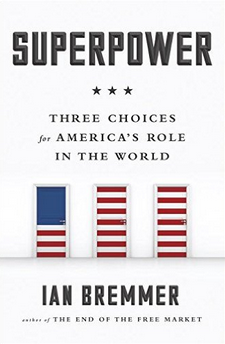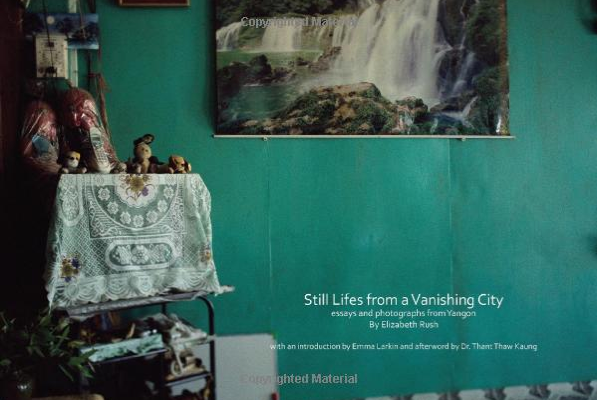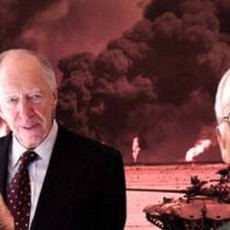
Russia’s Eurasian Vision
NEW YORK – The escalating conflict in Ukraine between the Western-backed government and Russian-backed separatists has focused attention on a fundamental question: What are the Kremlin’s long-term objectives? Though Russian President Vladimir Putin’s immediate goal may have been limited to regaining control of Crimea and retaining some influence in Ukrainian affairs, his longer-term ambition is much bolder.
That ambition is not difficult to discern. Putin once famously observed that the Soviet Union’s collapse was the greatest catastrophe of the twentieth century. Thus, his long-term objective has been to rebuild it in some form, perhaps as a supra-national union of member states like the European Union.
This goal is not surprising: declining or not, Russia has always seen itself as a great power that should be surrounded by buffer states. Under the Czars, Imperial Russia extended its reach over time. Under the Bolsheviks, Russia built the Soviet Union and a sphere of influence that encompassed most of Central and Eastern Europe. And now, under Putin’s similarly autocratic regime, Russia plans to create, over time, a vast Eurasian Union.







